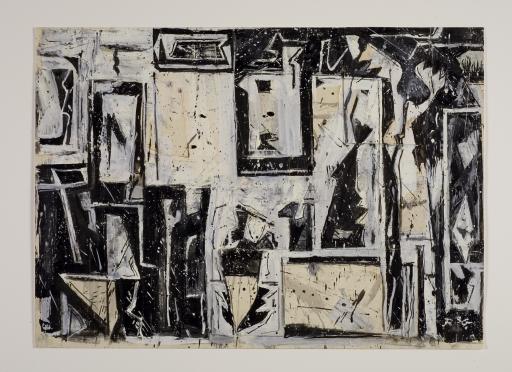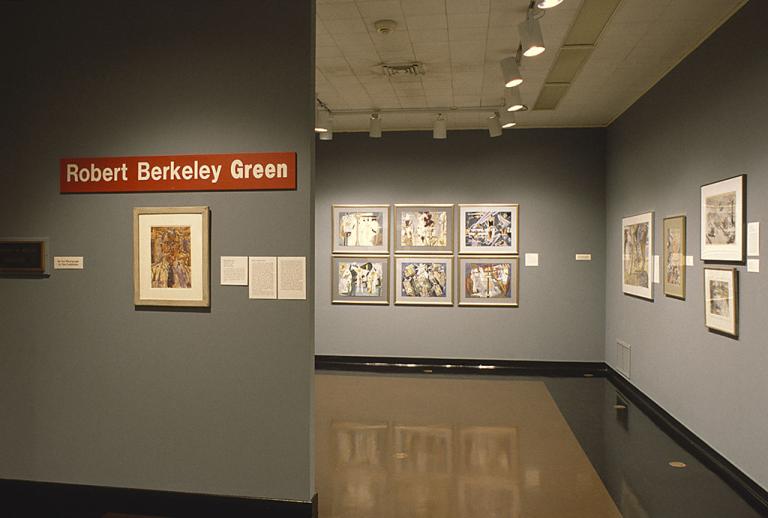Facade, Robert Berkeley Green
Artwork Overview
Robert Berkeley Green, artist
1909–2007
Facade,
1967
Where object was made: United States
Material/technique: collage; ink
Dimensions:
Image Dimensions Height/Width (Height x Width): 389 x 543 mm
Image Dimensions Height/Width (Height x Width): 15 5/16 x 21 3/8 in
Mat Dimensions (Height x Width): 27 x 37 in
Image Dimensions Height/Width (Height x Width): 389 x 543 mm
Image Dimensions Height/Width (Height x Width): 15 5/16 x 21 3/8 in
Mat Dimensions (Height x Width): 27 x 37 in
Credit line: Gift of Robert and Miriam Green
Accession number: 1996.0078
Not on display
If you wish to reproduce this image, please submit an image request



